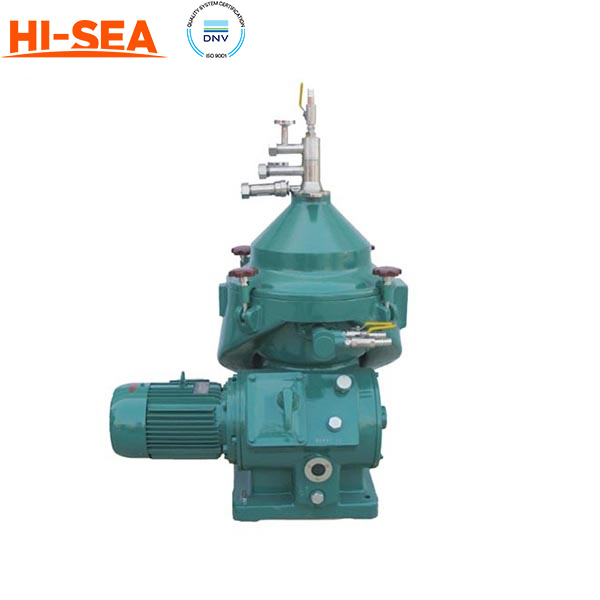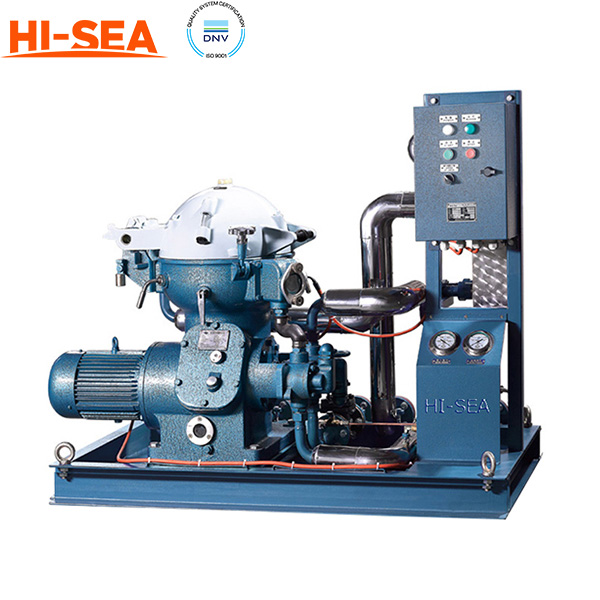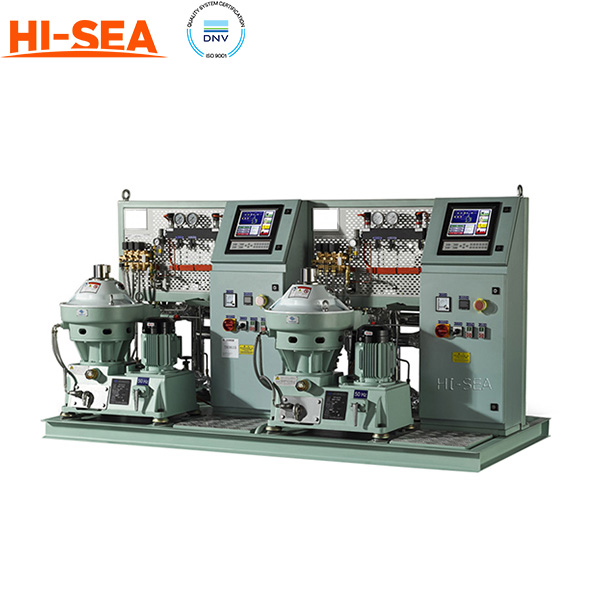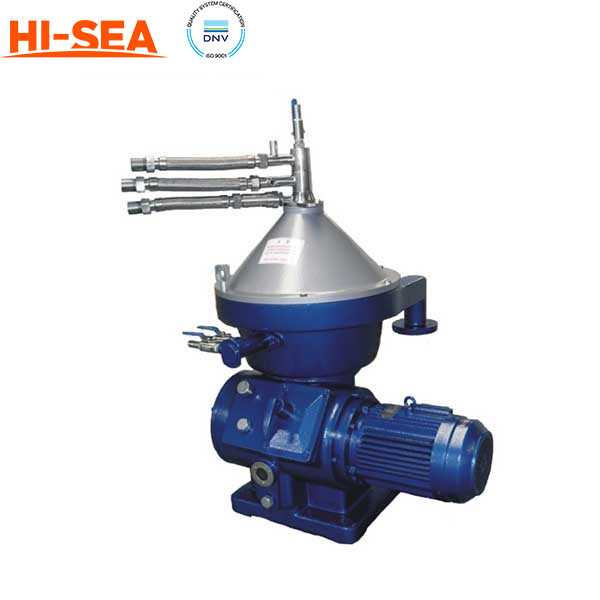MARINE & OFFSHORE EQUIPMENT
- Dredging Equipment
- Marine Deck Machinery
-
Marine Mooring Equipment
-
Marine Anchor
- AC-14 HHP Anchor
- Admiralty Anchor
- Beldt Stockless Anchor
- Bruce Anchor
- Spek Anchor
- Danforth HHP Anchor
- Delta High Holding Power Anchor
- GB11579-89 Light Weight Anchor
- Hall Anchor
- High Holding Power Mastrosov Anchor
- Hot Dip Galvanized Anchor
- Japan Stock Anchor
- JIS Stockless Anchor
- Pool Anchor
- Single Fluke Anchor
- Stainless Steel Anchor
- Stevpris MK5 Anchor
- Stingray Anchor
- US Navy Stockless Anchor
-
Marine Anchor Chain
-
Marine Shackle
- Kenter Shackle
- D Type Joining Shackle
- Pear Shaped Shackle
- Anchor Swivel Shackle Type A
- Anchor Swivel Shackle Type B
- Buoy Shackle Type A
- Buoy Shackle Type B
- C Type Detachable Connecting Link
- D Shackle
- Forelock Shackle
- Anchor Chain Swivel Group
- Straight Shackle
- Anchor Shackle
- Marine Triangle Plate
- Anchor Chain Swivel
- Anchor Chain Joining Shackle
- Anchor Chain End Shackle
- Slim Kenter Shackle
-
Chain Chaser
-
Marine Bollard
-
Marine Chock
-
Marine Fairlead
-
Marine Chain Stopper
-
Marine Mooring Reel
-
Marine Towing Bracket
-
Mooring Rope
-
Marine Towing Hook
-
Marine Shark Jaw
- Marine Fender
-
Marine Buoy
- Marine Floating Pontoon Dock
-
Marine Anchor
- Aquaculture Equipment
- Marine Outfitting Equipment
- Marine Propulsion System
-
Marine Painting
-
Marine Auxiliary Machinery
- Marine Air Compressor
- Marine Air Receiver
- Marine Sewage Treatment Plant
-
Marine Diesel Generator Set
- Marine Oil Water Separator
- Ballast Water Management System
- Marine Hydrophore
- Marine Calorifier
- Seawater Desalination Plant
-
Marine Oil Separator
- Marine Fuel Oil Supply Unit
- Marine Heat Exchanger
-
Marine Hot Well Unit
-
Marine Incinerator
-
Marine Boiler
-
Marine Valve
- JIS Marine Valve
- DIN Marine Valve
- ANSI Marine Valve
- GB Marine Valve
- CB Marine Valve
- CBM Marine Valve
-
Marine Gate Valve
-
Marine Globe Valve
-
Marine Angle Globe Valve
-
Marine SDNR Valve
-
Marine Angle SDNR Valve
-
Marine Check Valve
-
Marine Storm Valve
-
Marine Butterfly Valve
-
Marine Quick Closing Valve
-
Marine Fire Valve
-
Marine Self Closing Valve
- Marine Valve Accessories
-
Marine Pump
- Marine Centrifugal Pump
- Marine Screw Pump
-
Marine Gear Pump
-
Marine Vortex Pump
-
Marine Ejector Pump
-
Marine Diaphragm Pump
-
Marine Piston Pump
-
Marine Fire Pump
-
Marine Emergency Fire Pump
-
Marine External Fire Pump
-
Marine Ballast Water Pump
-
Marine Fuel Pump
-
Marine Lubricating Oil Pump
-
Marine Bilge Pump
-
Marine Sewage Pump
-
Marine Domestic Water Pump
-
Marine General Pump
-
Marine Cargo Oil Pump
-
Marine Hand Pump
- Marine Pump Parts
- Marine Life-saving Equipment
- Fire-fighting Equipment
- Marine Cable
- Marine Electrical Equipment
- Marine HVAC
-
Labour Protection Appliance
- Marine Decorative Material
-
Marine Anode
- Marine Pipe Fitting & Flange
- Marine Instrument
- Ship Building Equipment
INDUSTRY EQUIPMENT
- Hoisting Equipment
- Welding Machine & Material
-
Cutting Machine
- Container Securing Fitting
- Link Chain
- Container & Storage Equipment
-
Diesel Generator Set
- Other Equipment and Tools
- Petrochemical Equipment
- Fiber Reinforced Plastics
- Polymer Materials
- Environmental Protection Series
- Geo-products and Building Materials
- Metal Mesh
- Steel Grating
-
Earthwork Teeth
-
Turnbuckle
STOCK LIST
Contacts
 Tel:+86-23-67956606
Tel:+86-23-67956606
 FAX:+86-23-67956622
FAX:+86-23-67956622
 Email:manager@cqhisea.com
Email:manager@cqhisea.com
Working Time: 9:00--17:00
Working Day: Monday to Friday Website: www.cqhisea.com

Marine Lubrication Oil Separator
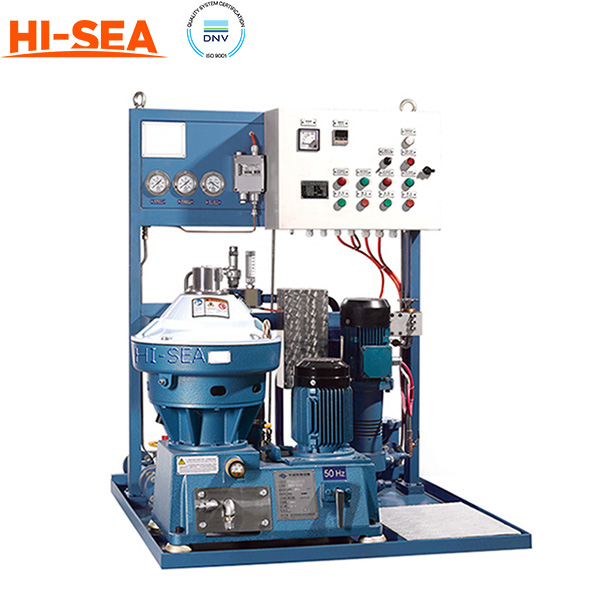
Marine Lubrication Oil Separator
1. Marine Lubrication Oil Separator Application
The high-speed centrifugal separator is intended for marine and land applications. It is specifically designed for cleaning of mineral oils from water and solid particles (sludge). The cleaned oil is discharged continuously, while the sludge is discharged at intervals.
The separator handles the following types of lubricating oils and low viscosity fuel oils:
Distillate (viscosity 1.5-5.5 cSt/40℃)
Marine diesel oil (viscosity l3 cSt/40℃)
Intermediate fuel oil and heavy fuel oil (viscosity 30-380 cSt/50℃)
Lubricating oil of R & O type, detergent or steam turbine.
The separator can be operated either as a purifier or as a clarifier. When operated as a purifier the separator discharges the separated water continuously.
When the oil contains only small amounts of water the separator is operated as a clarifier, discharging the water together with the solid particles.
The separator has to be installed together with devices for control of its operation.
2. Marine Lubrication Oil Separator Outline of Function
The separation process takes place in the rotating bowl. Unseparated oil is fed into the bowl through the inlet. The oil is cleaned in the bowl and leaves the separator through the outlet via a paring chamber. Impurities heavier than the oil are collected in the sludge space at the bowl periphery and removed automatically at regular intervals.
There are no contacting surfaces between process rotating parts and stationary parts (inlet, outlet, feed devices), and the interfacing surfaces are not sealed. As the separation process is carefully balanced regarding pressures and fluid levels, any leakages will not occur as long as the correct running conditions are maintained.
3. Marine Lubrication Oil Separator Technical Parameter
The technical parameter is optional, we can accommodate your requirements, please don’t hesitate to contact us!
|
Maximum density |
feed sediment |
1100kg/m³ 2332kg/m³ |
|
Power consumption |
idling |
0.9 kW |
|
|
running (at max. capacity) |
2.0 kW |
|
|
max. power consumption |
2.8 kW (at starting-up) |
|
Bowl speed, synchronous |
9512/9307 |
rev/min. 50Hz/60Hz |
|
Motor speed, synchronous |
3000/3600 |
rev/min. 50Hz/60Hz |
|
Gear ratio (pulleys) |
130:41 (50 Hz) |
|
|
|
106:41 (60 Hz) |
|
|
Starting time |
3.5 – 4.5 minutes |
|
|
Stopping time |
Running down without brake |
average 19 minutes |
|
|
With brake |
min. 3 max. 4 minutes |
|
Maximum running time without |
Empty bowl |
180 minutes |
|
flow |
Filled bowl |
180 minutes |
|
Sludge volume total/efficient |
1.0 / 0.3 litres |
|
|
Bowl liquid volume |
2.2 litre |
|
|
Bowl inner diameter, max |
218 mm |
|
|
Fixed discharge volume |
1.2 + 0.1 litres |
|
|
Lubricating oil volume |
0.5 litre |
|
|
Sound pressure level |
75 dB(A) |
|
|
Sound power |
8.9 Bel(A) |
|
|
Vibration level |
New separator |
Max. 5.6 mm/sec |
|
|
Separator in use |
Max. 9 mm/sec |
|
Weight |
Separator without motor |
Net weight approx. 193 kg |
|
|
Motor |
21 kg |
|
|
Complete bowl |
37 kg |
|
Motor power |
3 Kw |
|
The separator makes the oil, water or mechanical impurity of the compound with different specific gravity get different centrifugal force under the effect of centrifugal force field to complete the separation through high-speed rotation of the separation cylinder.
(1) Purification device
The purification plant is also called water diversion device which will generate three phases of oil, water and separation impurity. During operation, when the piston is sealed, the separation cylinder must be injected with water to form a water seal layer. The dirty oil runs into the separation cylinder through the hole at the bevel of the reel end, and a part of seal water is drained out, and then the pressure balance of the two different liquids with different density in the centrifugal force field is reached.
Then the dirty oil runs into the space between the discs through the hole on the bevel of the reel end, and is separated under the centrifugal force. The light oil flows to the center along the external surface of the disc, and is output by the centripetal pump. The heavy water and solid particle move outwards along the inner surface of the disc, continuously replacing the water of the water seal will enable the water to be thrown out from the caliber of the gravity ring and to be drained out from the sewage port.
After passing through the water seal layer, small amount of solid impurity will be taken away by the water, large amount of it will gather on the wall of the impurity basket and after waited for the machine stops by taking out a dregs basket row of dregs artificially.
(2) Clarification system
Clarifying system is also called impurity diversion device which will generate two phases of oil and impurity respectively after separation. During operation, the build-in impurity baffle ring of the ring channel on the coping of the disc will block the water outlet. So during impurity-diverting, water mustn’t be injected in for sealing, otherwise the separation effect will be affected, and great amount of oil spill will appear and the separating will be interrupted.
During impurity-diverting, only in the caliber of the gravity ring there is no water being thrown out, while the separation principle of the clean oil and impurity is identical with that of the purification device. Clean water is also output from the centripetal pump. After waited for the machine stops by taking out a dregs basket row of dregs artificially.
5. Certificates of Marine Lubrication Oil Separator: CCS, BV.



